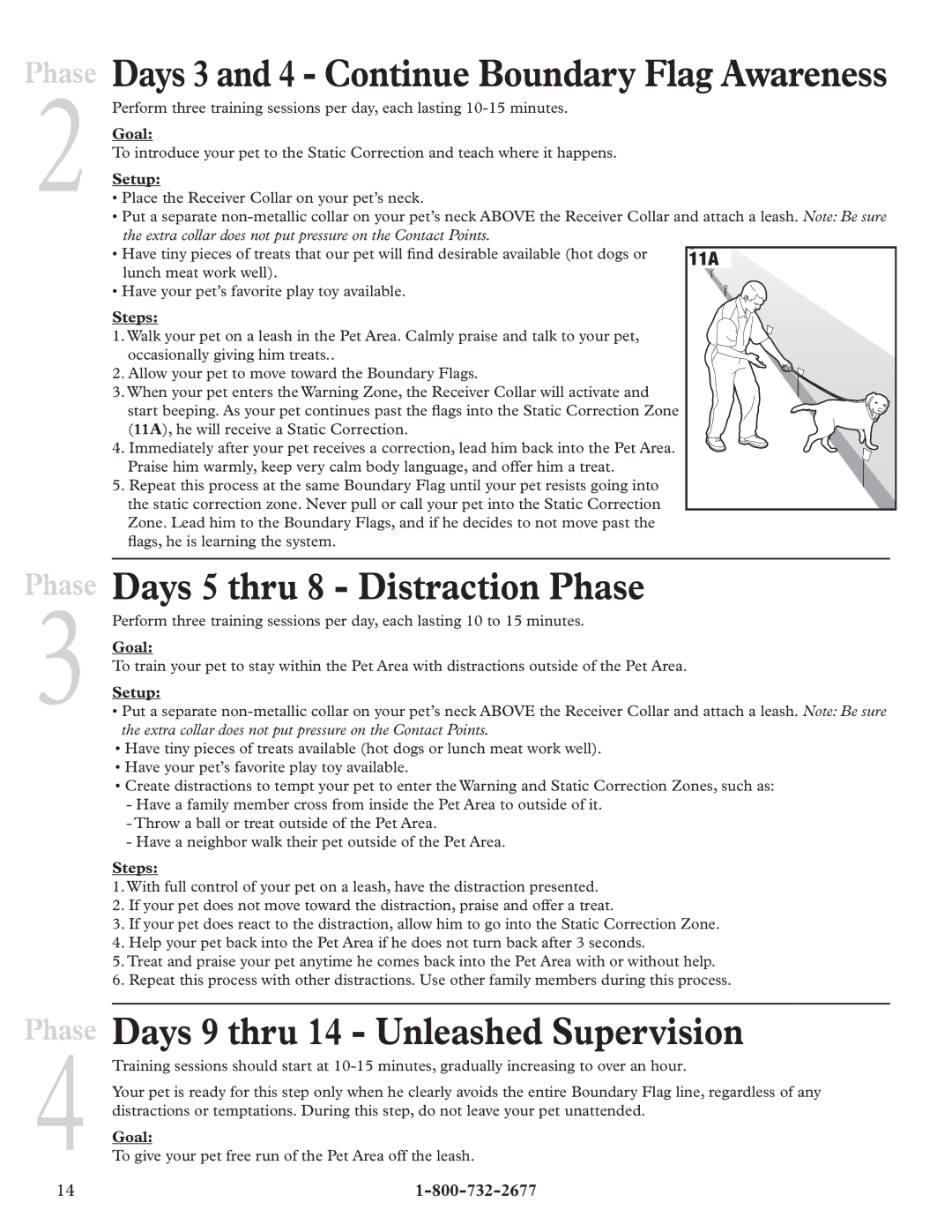RFA-67 specifications
The PetSafe RFA-67 is a well-regarded battery designed specifically for use in various PetSafe products, particularly their bark control collars and pet containment systems. One of its key features is its lithium battery composition, which allows it to deliver reliable and long-lasting power to the devices it supports. This battery type is known for its high energy density, ensuring that pet owners can rely on their devices without the frequent need for replacements.One of the standout characteristics of the RFA-67 is its user-friendly design. It is easy to install and compatible with a range of PetSafe products, making it a convenient choice for pet owners. The RFA-67 battery generally offers a long battery life, depending on the specific device's usage, which minimizes interruptions in training or containment. This ensures that pet owners can maintain a consistent routine for their pets without the worry of the battery dying unexpectedly.
Technologically, the RFA-67 incorporates advanced engineering that allows it to function efficiently in various environmental conditions. It remains effective even under temperature fluctuations, which is a crucial factor for outdoor pet containment systems. The reliability of the battery contributes to a safer experience for pets, ensuring that their training collars or containment systems operate as intended at all times.
Another notable aspect is the battery's compatibility. The RFA-67 is designed to fit a range of PetSafe products, which adds to its versatility. PetSafe's commitment to pet safety and the effectiveness of their products is reflected in the design of the RFA-67, providing confidence to pet owners in their purchasing decisions.
In summary, the PetSafe RFA-67 battery combines longevity, ease of use, and compatibility, making it an essential accessory for any PetSafe device. Its reliable performance ensures that pet training and containment systems operate effectively, contributing to a safe and managed environment for pets. For pet owners looking to maintain the functionality of their PetSafe products, the RFA-67 battery is an indispensable choice that addresses their needs with practicality and reliability in mind.

